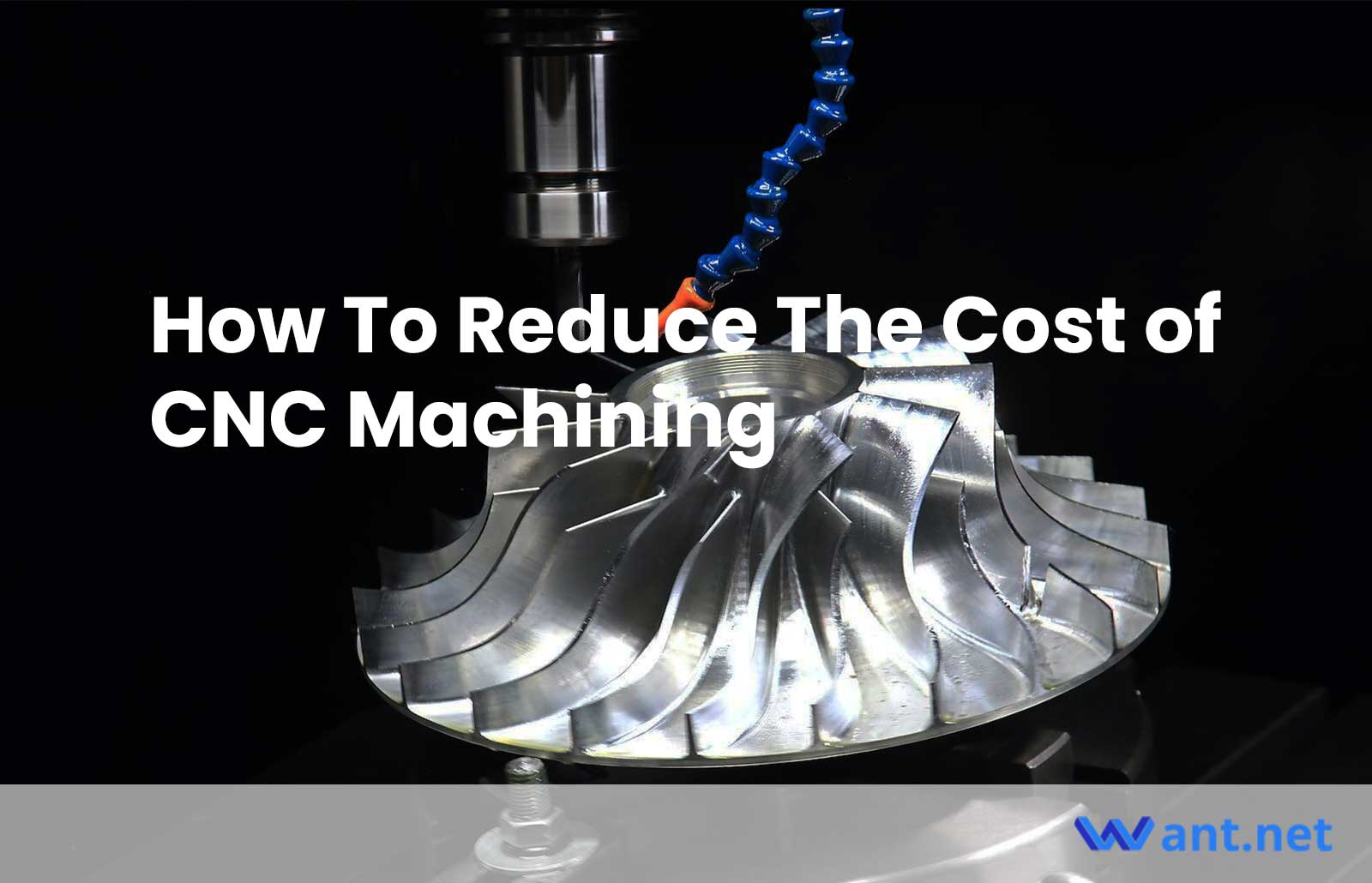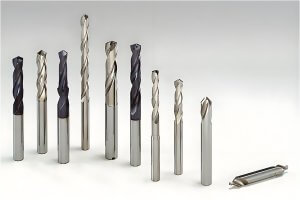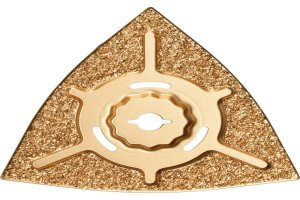Many people may think CNC machining is easy and cheap because of the high degree of automation. But CNC machining manufacturers have to consider the cost of owning and maintaining a CNC machine when calculating the cost of any job. So the quote you receive may not be as low as you think.
But the good news is there are many ways to lower CNC machining costs. Certain factors in part design can make CNC more expensive than others. These factors can be identified early in the development process to save money.
Material costs
You must first decide on the material before making any part. Many great materials can be machined. Each material has its own set of properties, uses, and costs. Although prices for different raw materials may vary, they are usually determined by the availability of that material and its difficulty in being produced in a particular stock type (for example, tube stock or particularly thick sheets).
You should choose the lowest-cost material that meets your design requirements. It would help if you stuck with cheaper materials like ABS or aluminum for functional prototyping. Bio-compatibility will force you to use more expensive materials like titanium or stainless steel if you design an implantable medical device.
Reduce setup time
It is important to consider how your part will be made. This is where things get tricky. There are often multiple ways to machine a part. Let’s start with how design affects the setup time before we can begin machining.
Non-recurring engineering cost (NRE) is the time it takes to set up CAM (computer-aided manufacture) programming, machine setup, and part fixturing. This is a significant portion of the machining bill during prototyping and should be reduced as much as possible.
Six setups are sufficient to machine most parts. This includes a sheet, strip, bar, or strip. The pieces are held in place with a vice, vacuum table, or sometimes double-sided tape. This number should be reduced as much as possible. A minimum of 1 or 2 is best, as each set requires its CAM program.
Here are some tips to reduce setup time and minimize costs.
Instead of having one piece of material machined on multiple sides, you might consider splitting the design into multiple components that can be machined later and assembled. And you can simplify your designs by only machining one face or on those faces exposed at once during one setup.
Special fixtures
Sometimes, parts may require special fixturing. This will, of course, add cost to your project. Below are two examples of specialized fixtures you should avoid if your goal is to reduce CNC machining costs.
Soft Jaws
Parts that have complex or organic geometrical patterns cannot be reliably held in a standard vice. A set of jaws with the geometry of the part surface is machined to provide a better grip. To eliminate the need for this fixturing method, reduce geometric complexity wherever possible. If the geometric complexity of the component cannot be reduced, you can break it into smaller parts that can be assembled later.
Sine Bar
Parts with features that are not normal or parallel to stock surfaces (e.g., a hole at a 30-degree angle) will need to use this device to set up the workpiece at custom angles. Make features parallel to normal stock surfaces to eliminate the need for sine bars.
Other Articles You Might Enjoy
- Difference Between CNC and Manual Machining
Humans do not like change. Some people were unwilling to let go of their slide rules after calculators were created. While CNC machining has been around for decades, some still…
- Everything You Should Know About CNC Machining
CNC (Computer Numerical Control) machining is a modern manufacturing process that has revolutionized industries worldwide. But like most technological advancements, CNC machining has a long and fascinating history. From the…
- Precision CNC Machining for High-End Audio Equipment
Precision CNC Machining in High-End Audio Equipment Manufacturing Precision Computer Numerical Control (CNC) machining refers to a highly-advanced technology where computer-generated codes are used to operate factory machinery and tools.…






